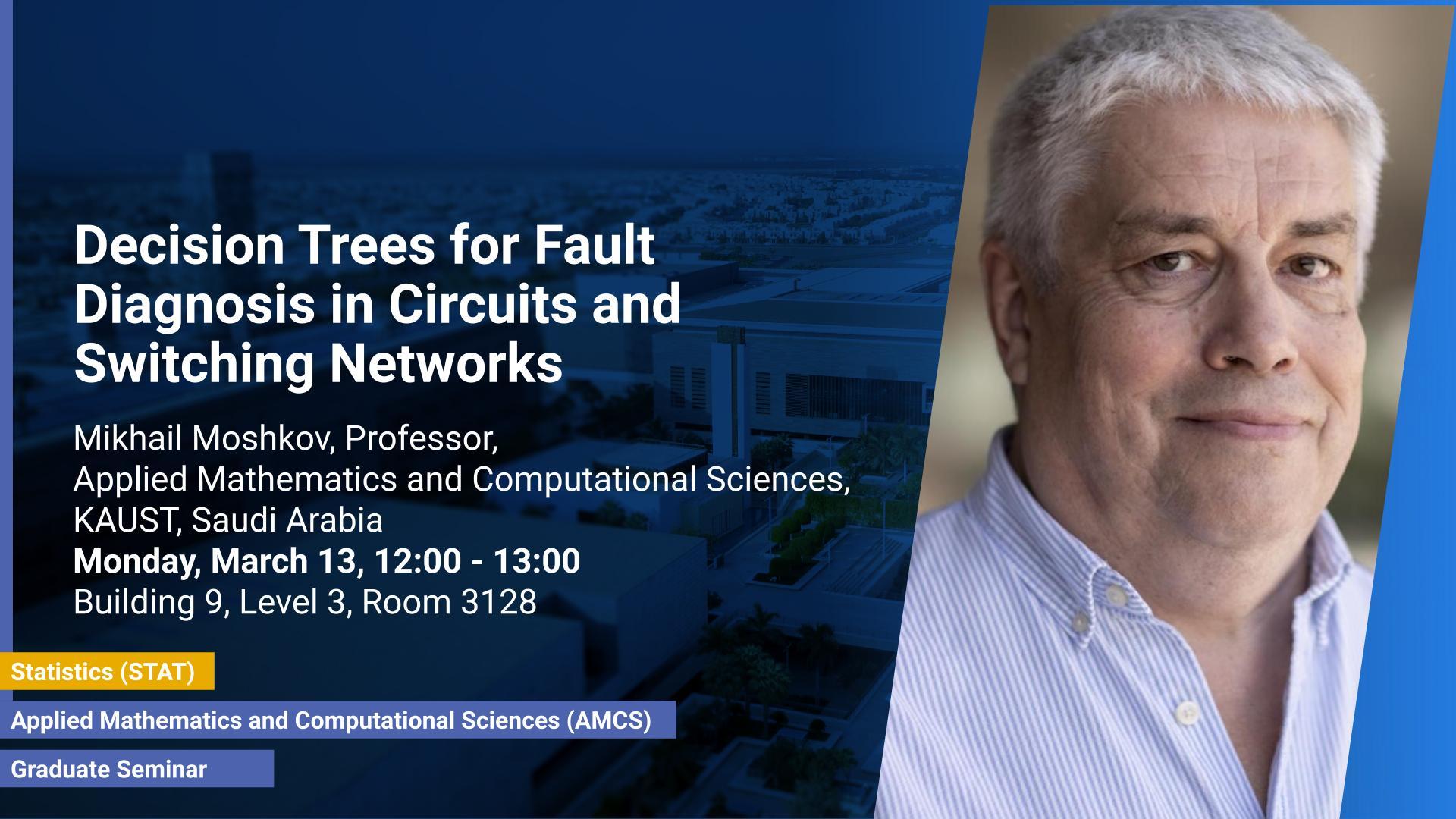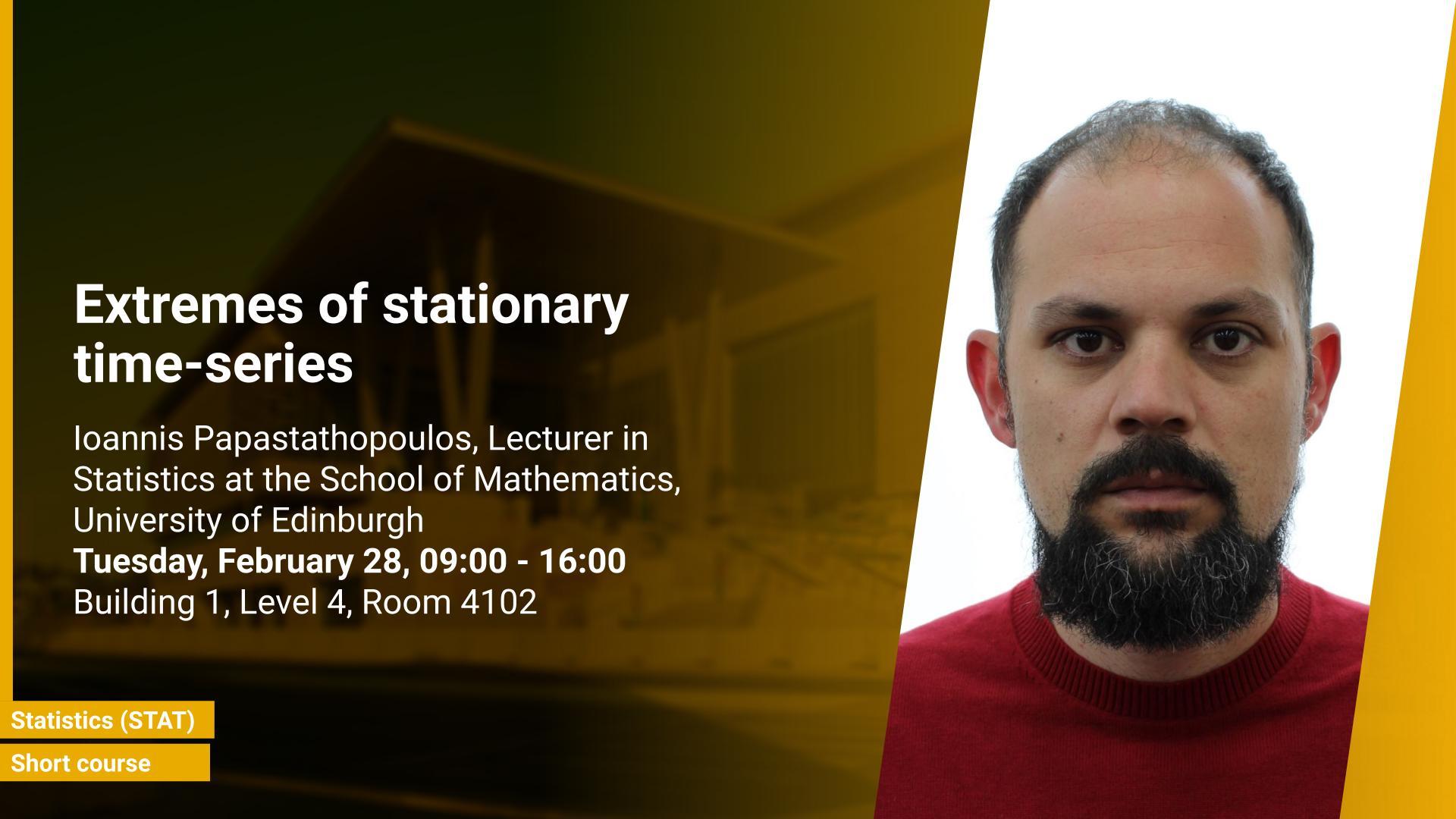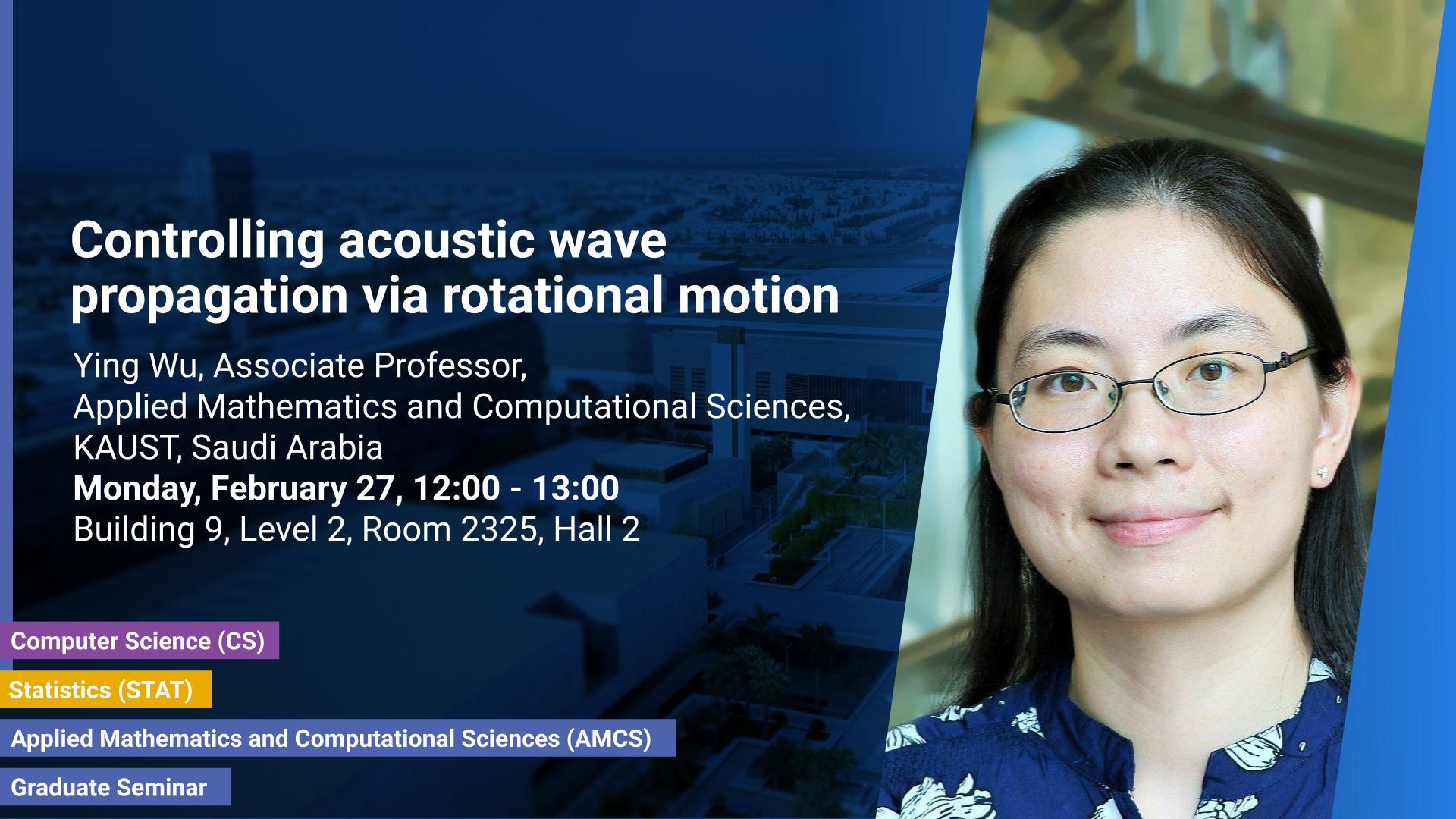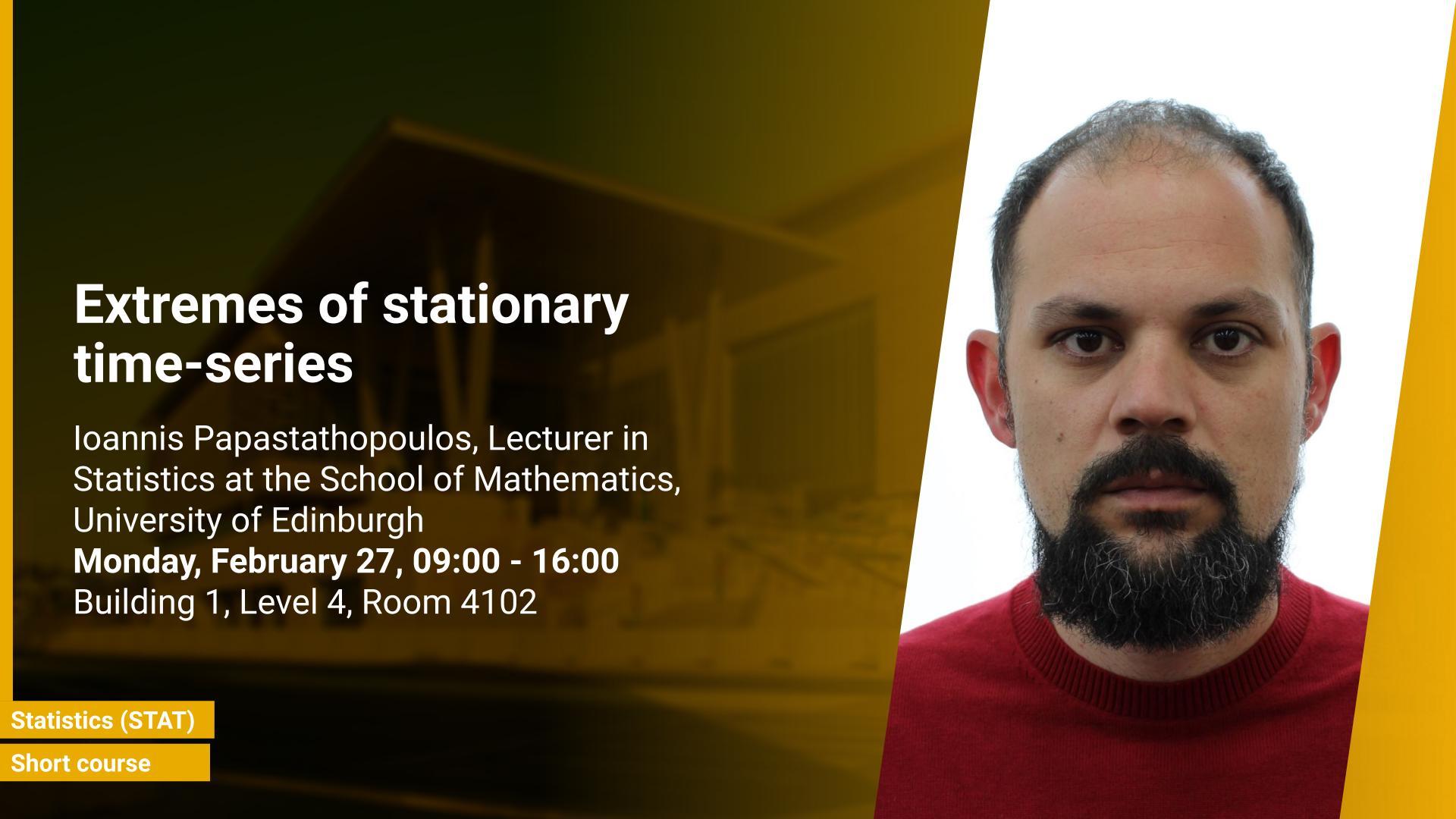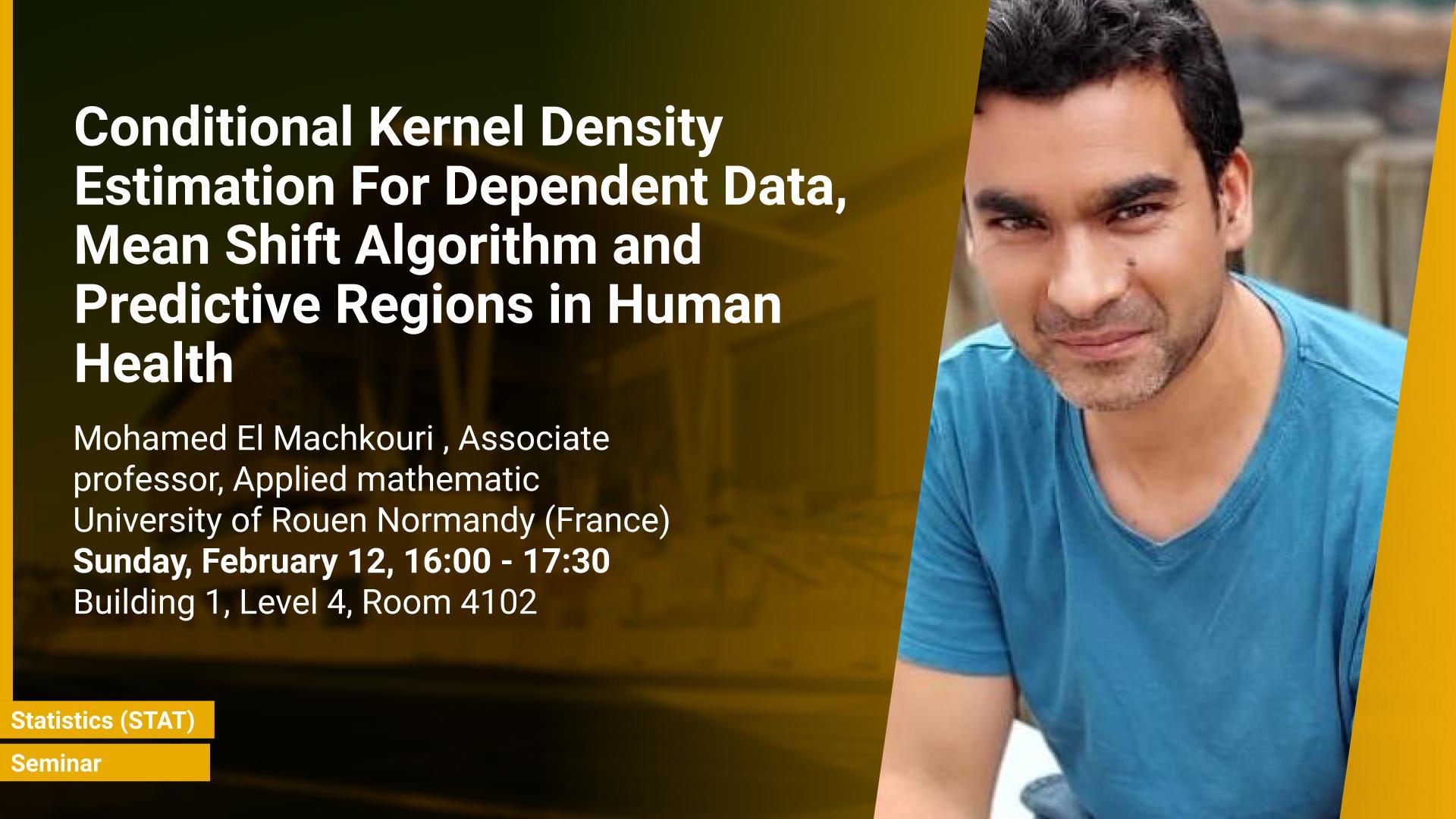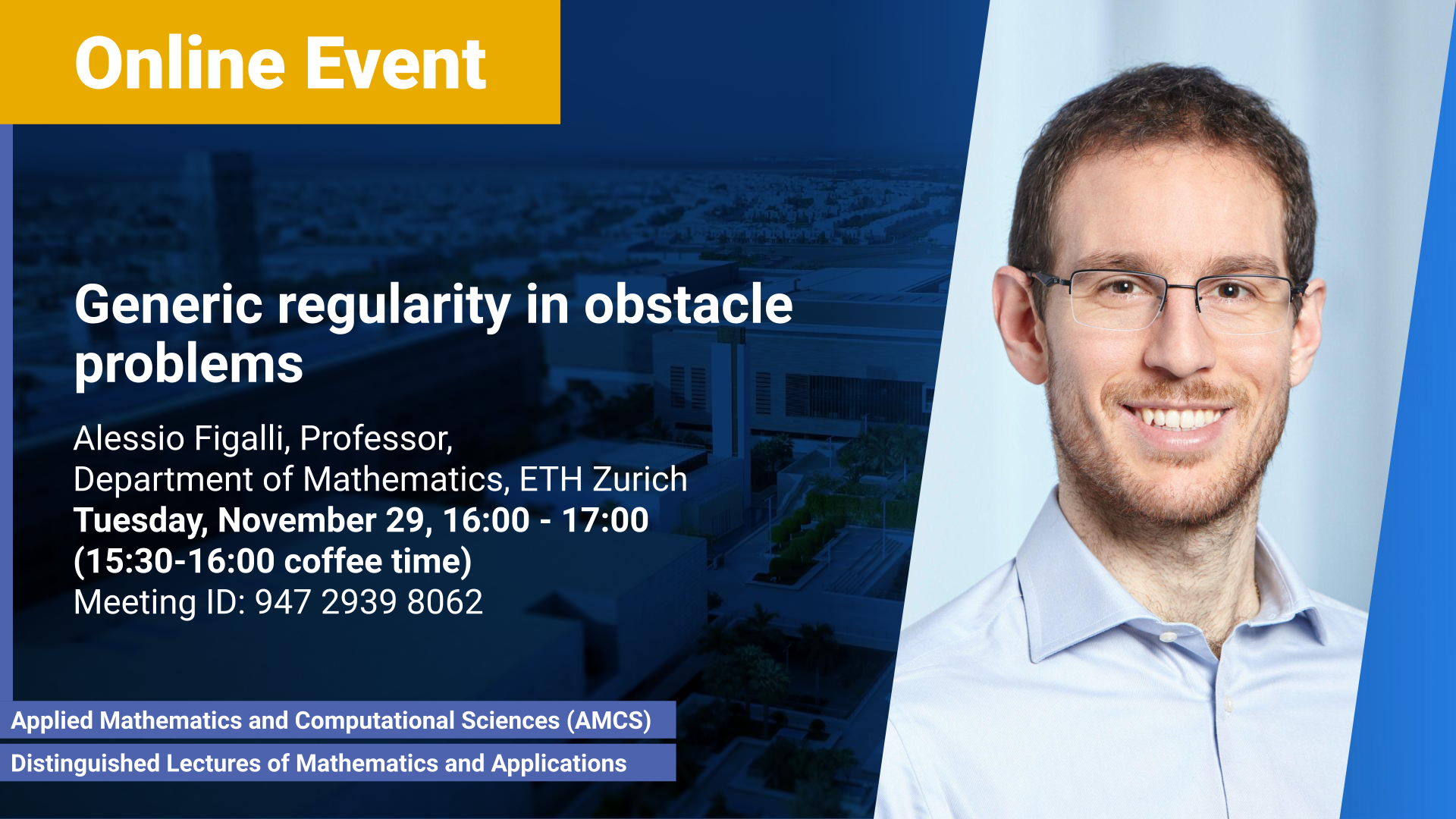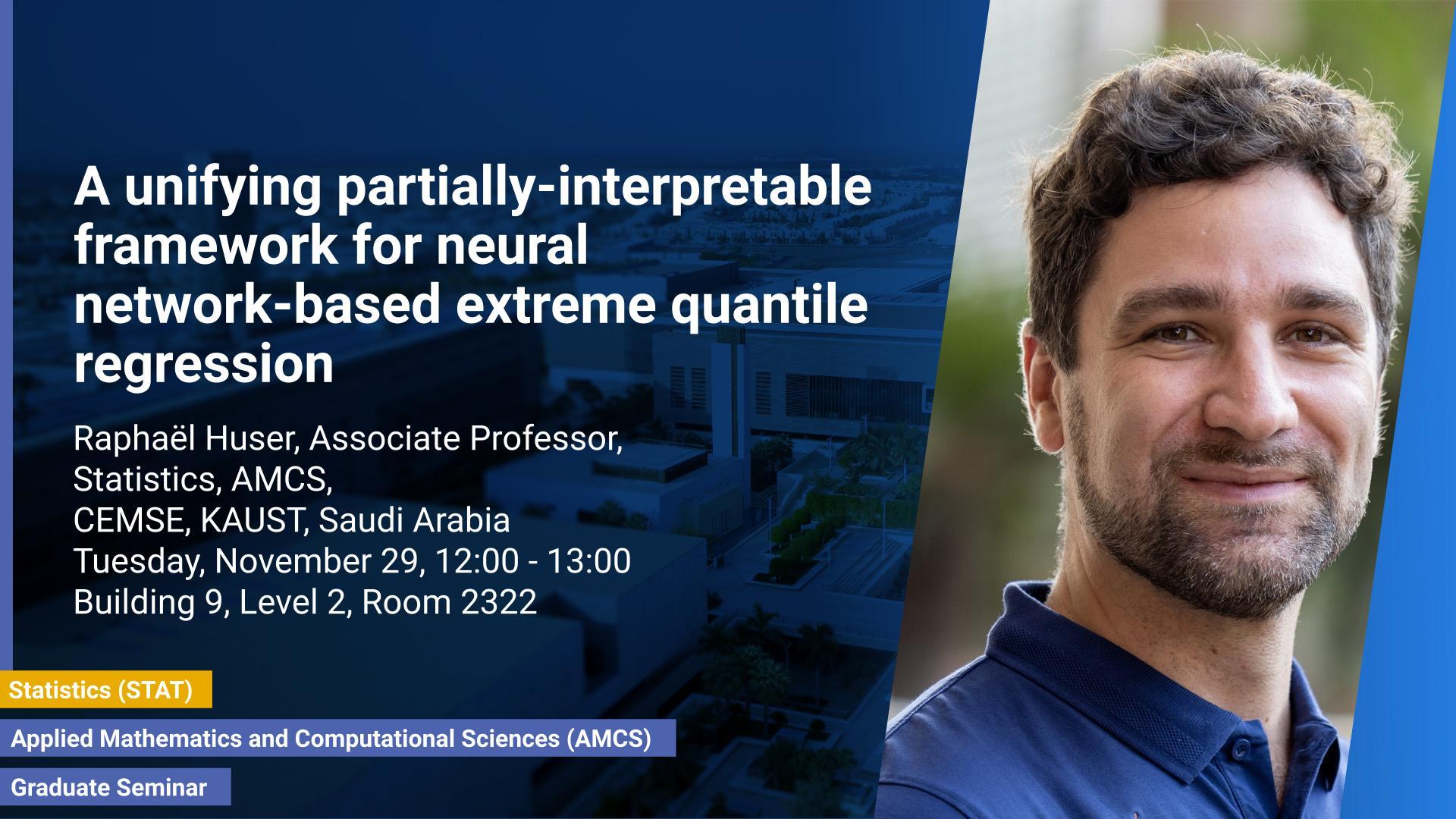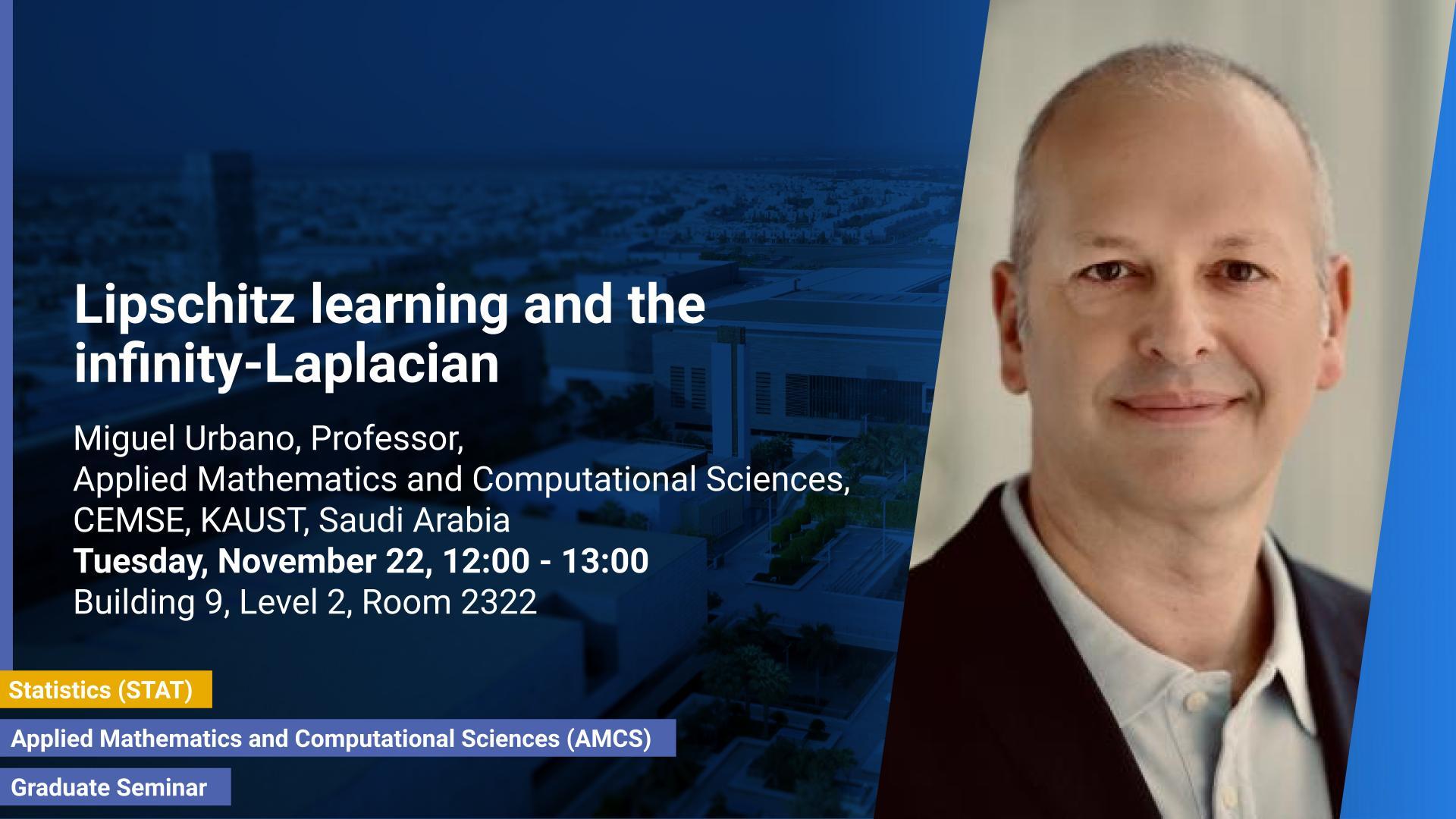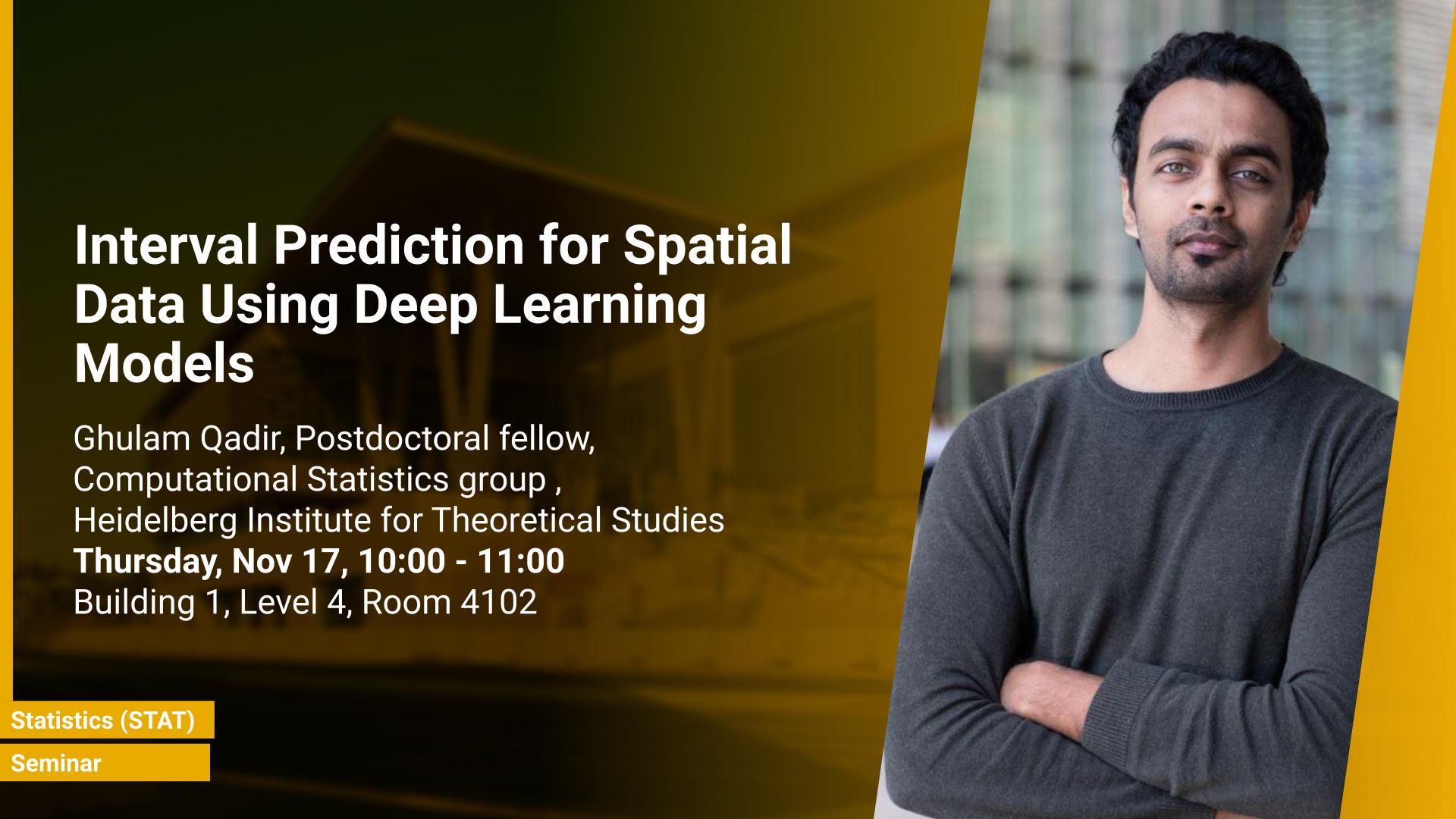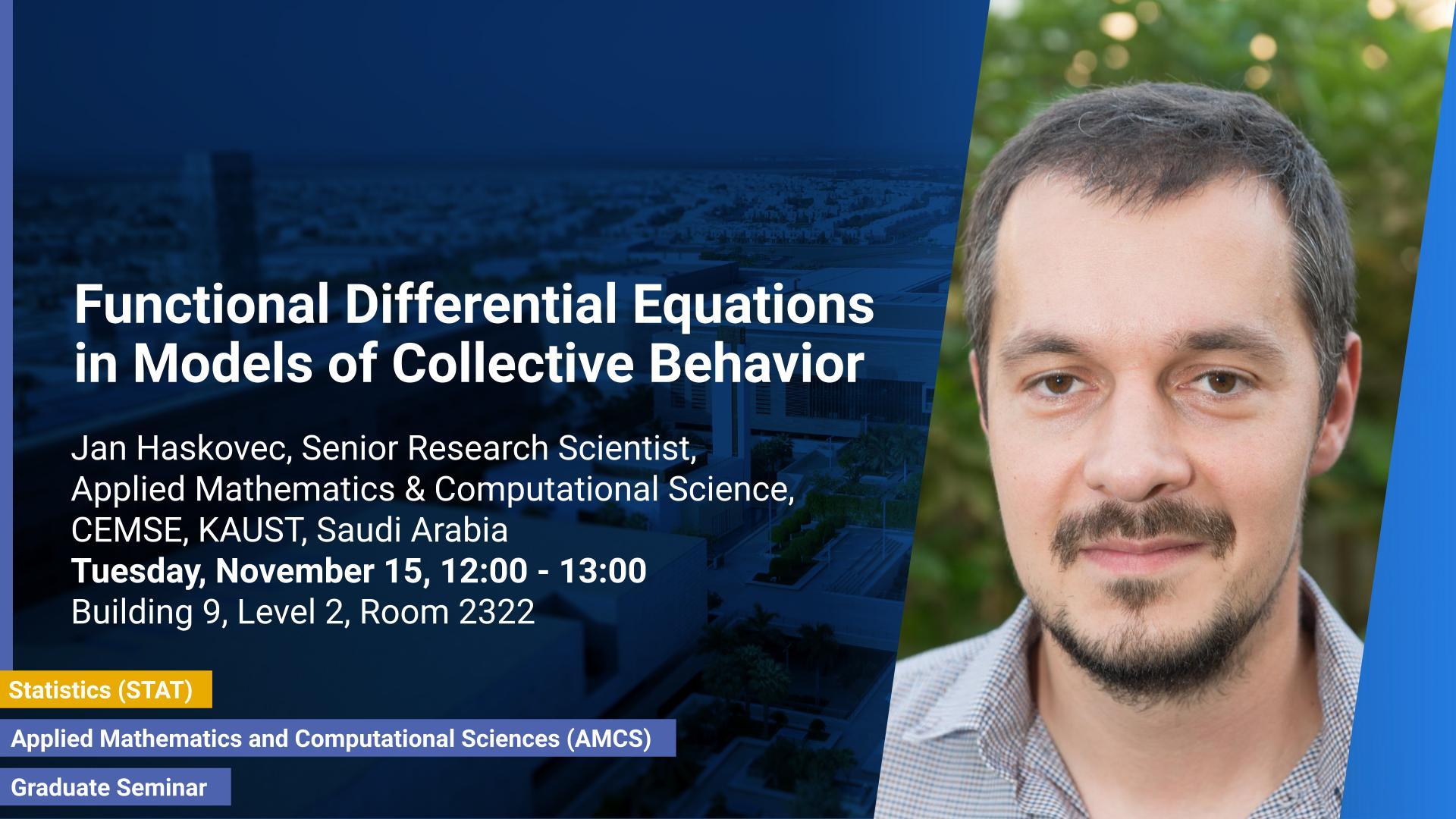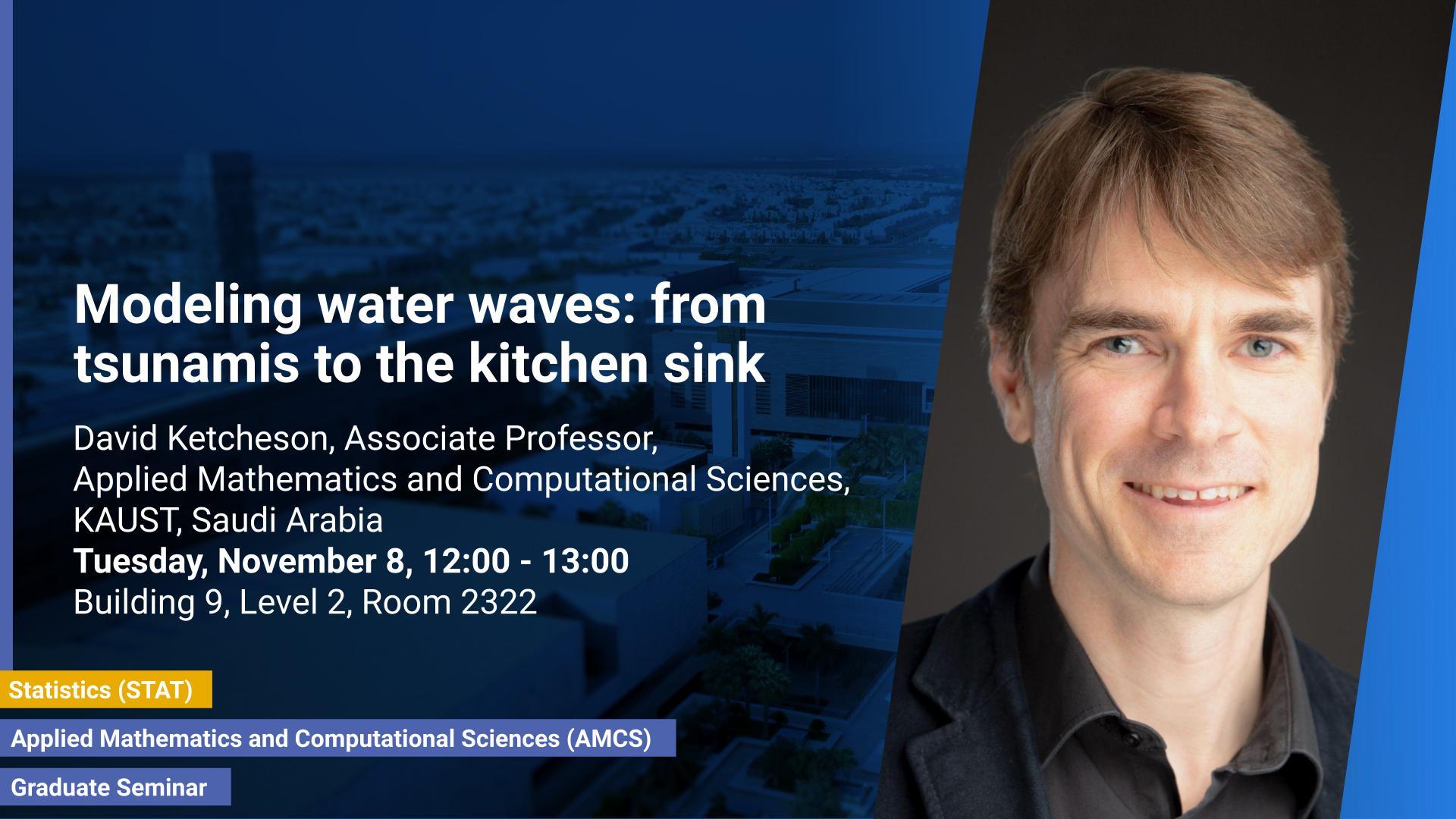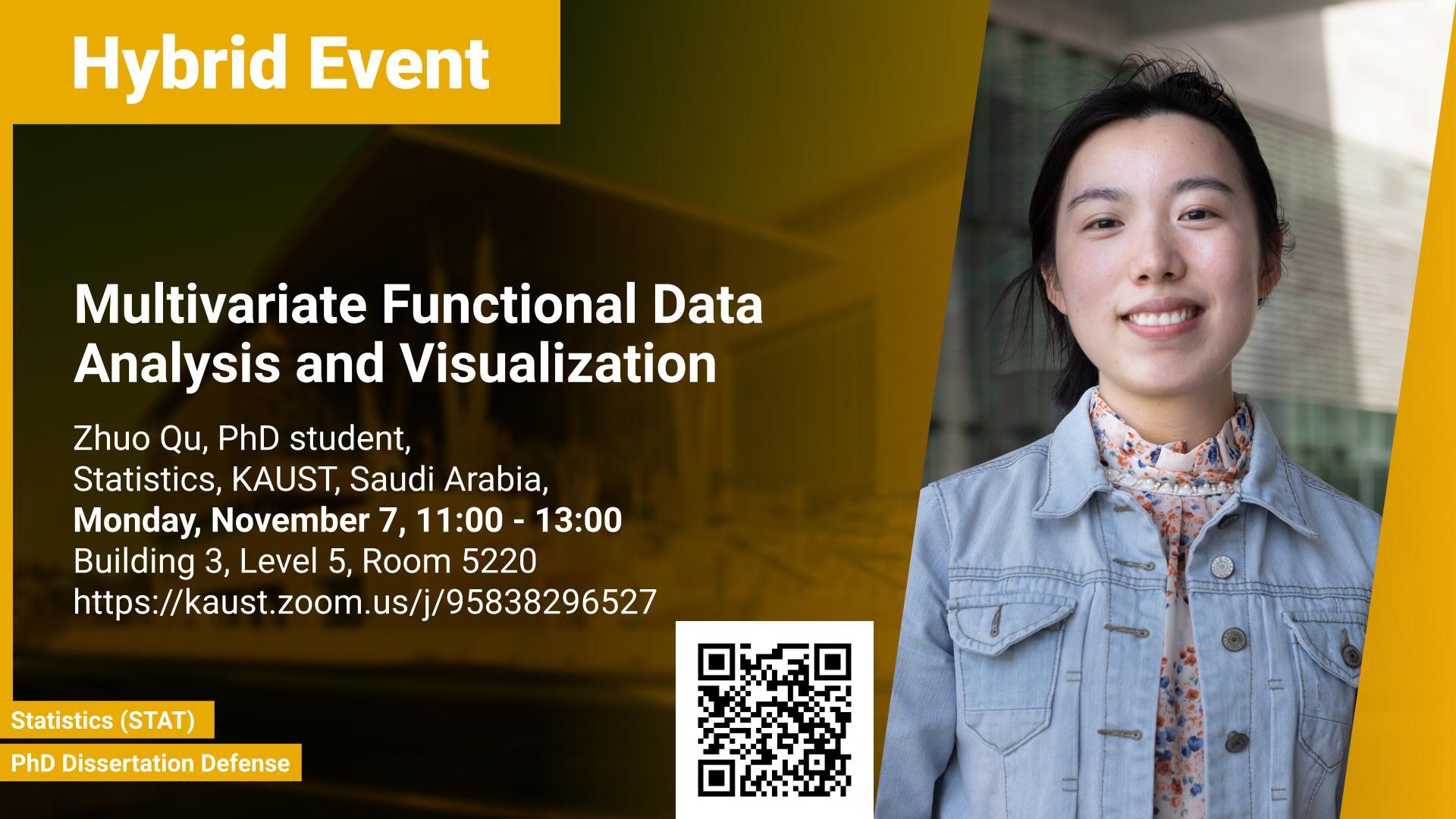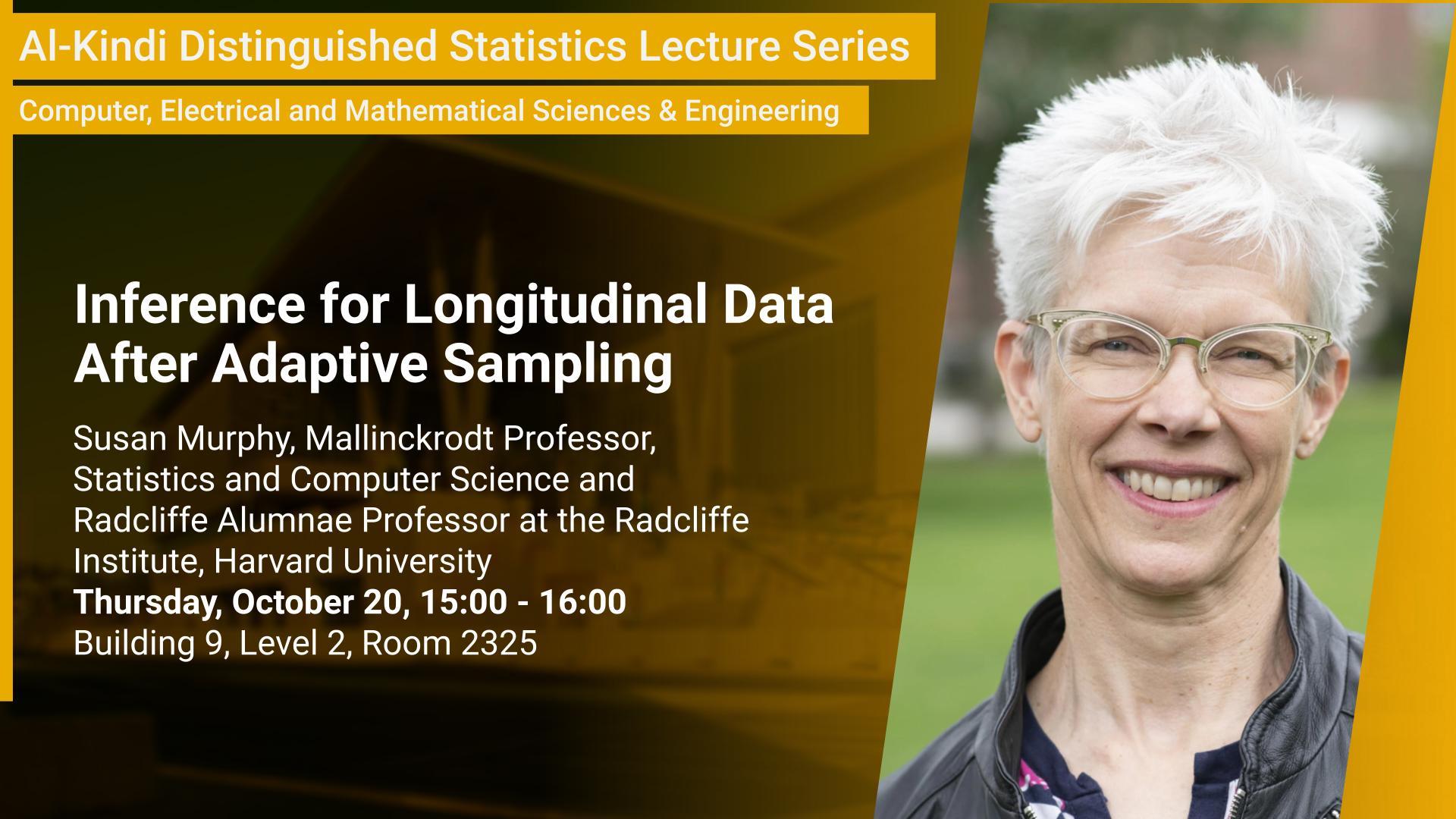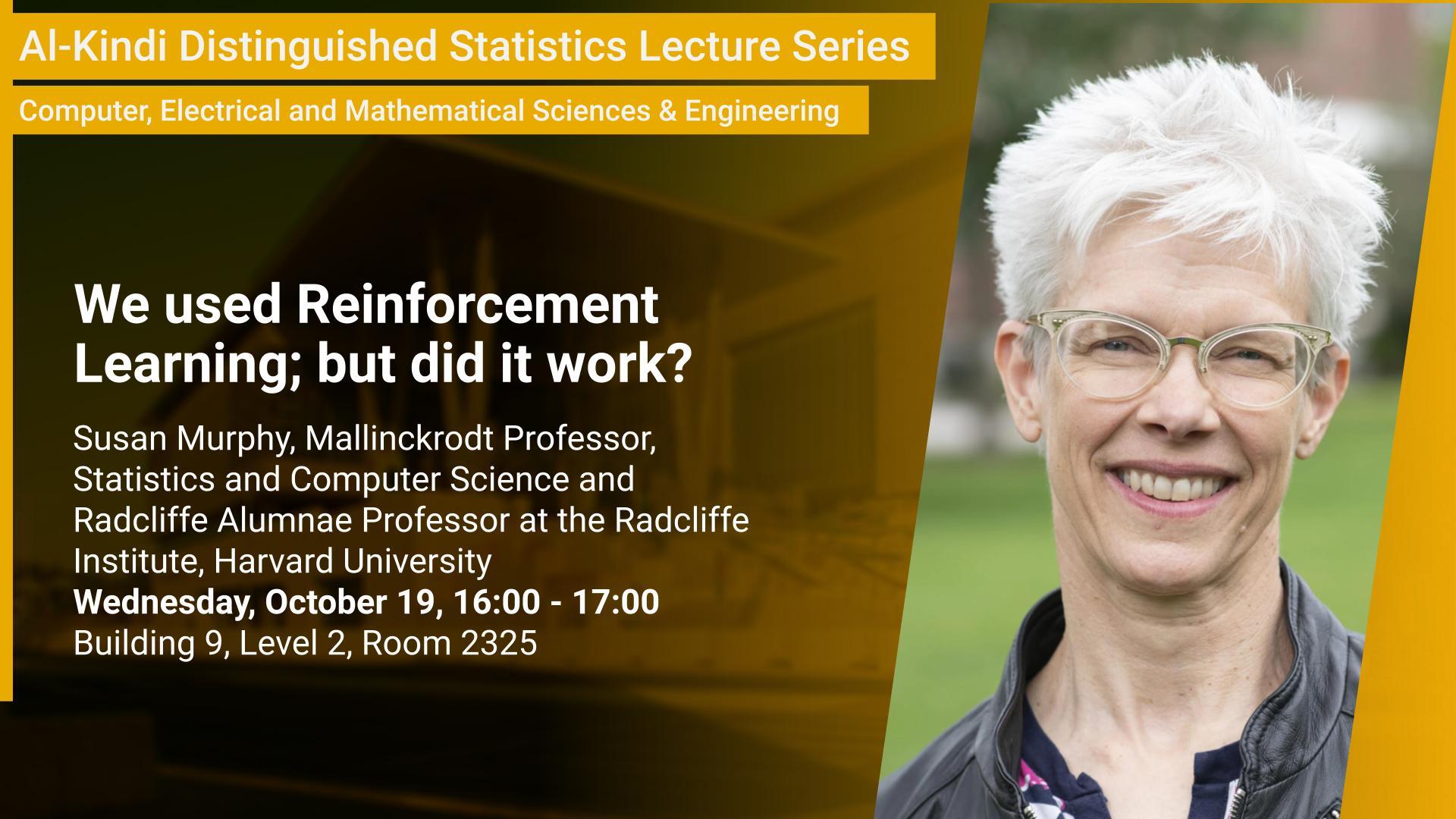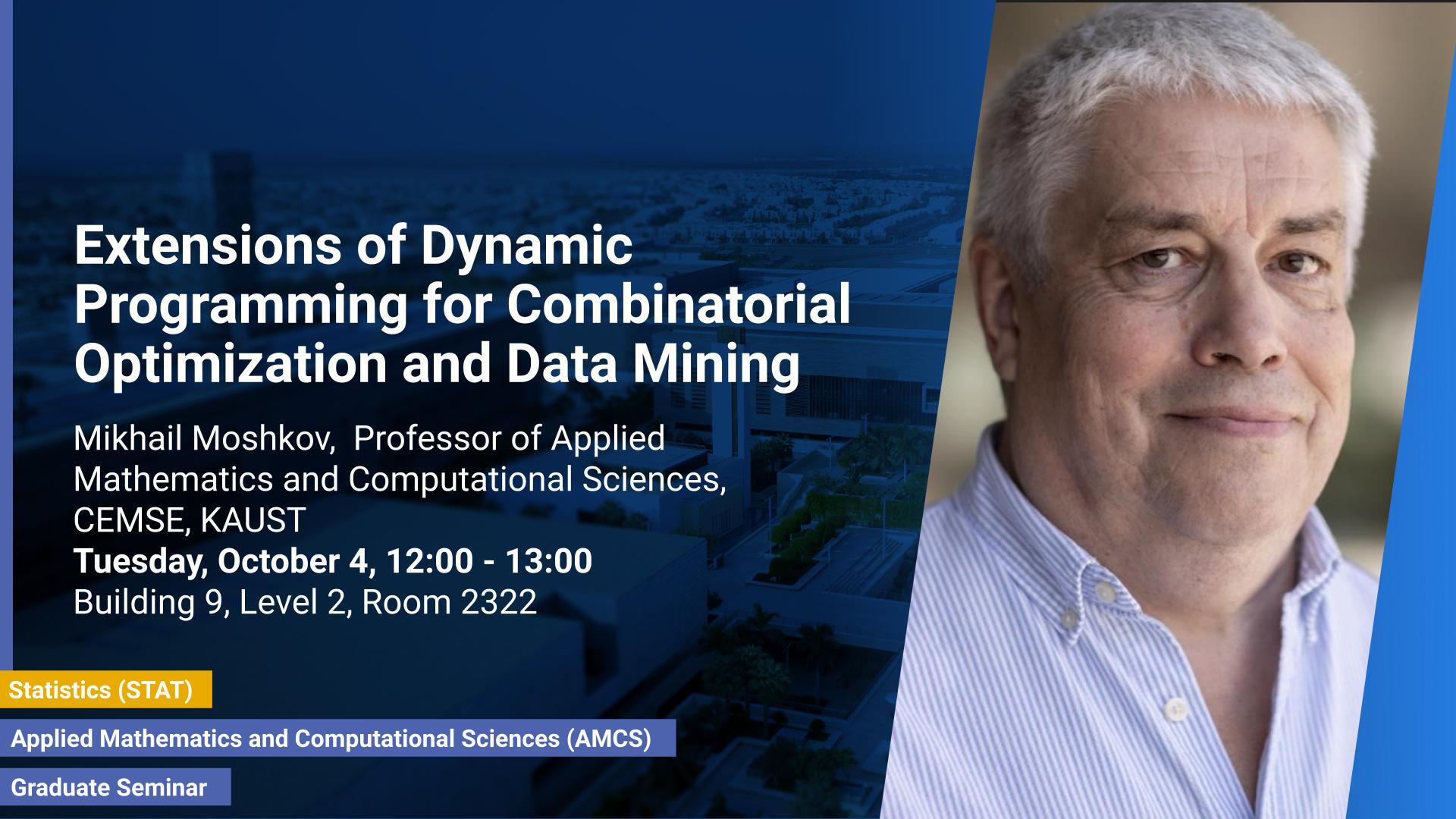Monday, March 13, 2023, 12:00
- 13:00
Building 9, Level 3, Room 3128
We study theoretical problems of fault diagnosis in circuits and switching networks, which are among the most fundamental models for computing Boolean functions. We investigate two main cases: when the scheme (circuit or switching network) has the same mode of operation for both calculation and diagnostics, and when the scheme has two modes of operation -normal for calculation and special for diagnostics.
